|
2 min read
Anyone who regularly visits the Google Analytics login page will have noticed their navigation bar has grown rapidly over the past 12 months. Along with a subtle name change from 'Google Analytics' to 'Google Analytics Solutions' and a swathe of new offerings to bulk out their Analytics 360 suite, it's fair to assume that Google has been lining up for a big swing at Adobe' Marketing Cloud suite for a while. * Adobe Analytics was formerly called SiteCatalyst - the flagship web analytics product by Omniture, which Adobe acquired in 2009. So what's next? Is Google's Analytics Suite ready to tackle Adobe in the Enterprise space? The Navigation Changes
Visually it's clear to see Google's new expanded products and scope of offerings:
Note: Google's 'Adometry' (or was it 'Adobetry'?) was also renamed to 'Attribution 360'.
Google Makes a Move
If it looks like things happened quickly - it did. Of course, Google is not exactly known for being slow. Before the navigation changes - around mid last year a host of new offerings aggressively appeared as beta products.
These have now taken their seat as fully fledged products in some shape or form.
Why the move?
It's no secret that digital marketing is becoming more data driven by the minute. It makes sense for Google to expand a wider selection of familiar, easy-to-use (and some completely free) products and tie these in with their existing Analytics suite. It certainly seems that larger/enterprise companies who currently use a disjointed collection of software - for example, Optimisely for A/B testing or Qualaroo for user surveys - have at least one all-in-one alternative to Adobe's Marketing Cloud for consideration. What's Next?
The secret of Adobe's success to date seems to be in it's enterprise users.
While Google Analytics has 7x more users, Adobe Analytics sells to bigger companies. This would appear then, to be the ground that Google needs to make gains on. Is Google ready to tackle Adobe yet? It's hard to say. We'd love to hear your feedback. One thing for sure - it will be interesting to see how thing continue to play out over the coming months. Further reading: Why Google Analytics Has Not Killed Adobe Analytics (…Yet)
0 Comments
** Last updated 29 May 2017 - Now '13 of the Best' **
(5 min read) Since 'best' is a subjective term, let's first quickly clarify that the list below is a selection of digital campaigns that we personally found to be innovative and interesting over the past 12 months or so. Most importantly, we've focused on campaigns and products demonstrating a creative, marketing application of modern digital technology in a unique and/or specific way. Were all of these campaign examples successful? We're not entirely sure. Are there others that deserve a spot on this list? Most definitely. We'll try to keep the list up to date as we move through the remainder of 2017. Let's dive in, in no particular order. 13. Air New Zealand AR to Read Customer Emotions
May 2017
Augmented reality (AR) could one day be used by flight attendants to immediately get information about your favourite drink, destination, loyalty status, meal preferences and even figure out how you are feeling. A collaboration between Air New Zealand and Dimension Data, the project is currently in beta but there's room for further AR experiments. Read the full story here. 12. Coca-Cola Targeted Ads Based on People’s Facebook & Instagram Photos
May 2017
Coca-Cola wanted to nudge users to consider its 'Gold Peak' brand of iced tea. To do so, they trawled through people's photos on Facebook, Instagram and Twitter and served them hyper-targeted ads based on images they shared on those social media platforms. To make this a reality, they tapped into an image recognition engine to identify people who posted images that:
Talk about specific targeting! Read more here. 11. Blippar: Augmented Reality in Banner Ads
8 May 2017
What's the next logical step from Pokemon Go? How about augmented reality in digital ad placements. Enter Blippar. From their Youtube page: "Introducing the world’s first augmented reality digital ad unit - augmented reality digital placement (ARDP). The new technology enables rich media units to leverage a user’s smartphone or desktop camera to bring brand experiences to life in AR without the need for a separate app or a special device." Watch the full video here. 10. New Zealand Fire Service 'Escape My House'
22 Mar 2017
'Escape My House' is an interactive experience that takes place inside a real house fire, demonstrating in a very tangible and immersive way the need for households to be prepared for a fire and why they need an escape plan. FCB New Zealand has used a combination of interactive 360 video (with a virtual reality (VR) option) in a technology first in partnership with the New Zealand Fire Service. The experience is of an actual house fire, which the user is challenged to escape. What looks like a manageable fire is, in fact, already out of control and you have only seconds to get out safely. 9. King Kong Movie Google Maps 'Skull Island'
Feb-Mar 2017 (approx.)
A fictional location as part of the upcoming King Kong movie release, for a limited period of time 'Skull Island' was added to Google Maps by Google in partnership with Legendary and Universal Pictures. It appears as an 'archaeological site' off the west of the coast of Peru and near the equator. Users can post their own photos and 'fantasy reviews' of Skull Island. 8. Audi Q2 #Untaggable Hashtag Generator
Mar 2017 (approx.)
Audi's statement for the campaign is: 'We have a hashtag for everything. What should be the hashtag for Audi Q2? That's #untaggable'. Users are encouraged to create a hashtag for the new Q2 crossover SUV. The campaign is tied in with an interesting 'hashtag generator' on Audi's site, which on the mobile version let's you shake your phone to generate random hashtags. Watch the full Audi video ad here. 7. Ikea Renamed Products After Frequently Googled Problems That Those Products Solve
Dec 2016 (approx.)
In a clever play on user intent and how this is used by search engines like Google as part of it's algorithm to display search results, Ikea not only came up with an interesting campaign, but also one with a very solid grounding in SEO principles. Apparently 'unrequited love' can be solved for just $14.99. 6. 'Alice Through the Looking Glass' Wonder Mirror
Early 2016
In a high budget use of complex facial recognition and 'real time augmented facial transformation', Part IV delivered a creative, interactive experience for Disney that 'hadn't really been accomplished before'. Users could transform their faces in real time to look like characters from the movie. Instagram-sized videos and a photo were then emailed to users as soon as they completed the experience. Check out the full case study here. 5. The Banner Ad that 'Can See What You See'
Early-Mid 2016
In this example, one of Europe's largest energy companies Vattenfall combined real time user data from Sweden's largest real estate website with sophisticated real-time image recognition to show custom, dynamic creative and call to actions to around 2 million users per week, personalised based on the image that they are viewing at the time. The end result: a dynamic banner ad that can adapt it's messaging to millions of images, all in real time. Read the full case study here. 4. UNICEF's Hidden Banner With a Strong Message
Early 2016
According to the case study, 25% of online users in Sweden use ad blockers to prevent banner images (ads) from showing on websites. In this example, UNICEF had an important message for the campaign to deliver and they needed as many people as possible to sign an online petition for children's rights. The solution: to turn this technology around and target a message specifically to these 25% of users. A 'disguised banner' was created that would get past the ad blocker software and delivered a simple message that earned it’s space: “Children’s rights should never be blocked. Sign up for children’s rights to complain.” Read the full case study here 3. Virgin's Push for VR
Early 2016
It's great to see many creative examples of VR emerging and being used in digital marketing campaigns. It's a bit sad then, that at the same time, many sources are reporting a slower-than-expected adoption of the new technology in 2017 - a year that was touted by many as 'the year of VR'. The biggest hurdle seems to be a stalemate between content producers that are waiting for more advertisers to come on board and advertisers who seem hesitant due to a lack of content producers. Hopefully we see this hurdle overcome soon. Virgin has been one of the first to embrace VR with considerable gusto. Virgin created a unique solution where customers in stores could be entertained while they waited with a virtual tour of Virgin Holidays’ destinations, allowing them to ‘try before they buy’. The content was filmed from a first person perspective, 'so everything captured, at every angle, was the sensation and visuals a customer could experience themselves.'
*The last two mentions are more 'products' than 'campaigns'. However, they certainly satisfy the criteria of being innovative and were just too awesome/weird not to include in this list.
2. Pizza Hut 'Pie Tops' - Order Pizza From Your Shoe
March 2017
Yes, really. Whilst they may not be the future of shoes, the interestingly named 'Pie Tops' are part of a Pizza Hut ad campaign starring retired basketball player Grant Hill. The shoes feature built-in bluetooth that syncs to a mobile app. 'When a user squeezes the right tongue once or twice (this can be adjusted in the settings to avoid accidental activation), it places an order for whatever style of pizza the wearer has saved in the app.' Read the full article here. 1. Google and Levi's 'Project Jacquard'
Early-Mid 2017
It might look (or sound) like a gimmick at first, but Google and Levi's seem quite serious about their next swing at the wearables market. Slated to release in the US in Spring for around $350, the technology is much more than just adding wi-fi connectivity to a jacket. According to the official site, the technology actually 'makes it possible to weave touch and gesture interactivity into any textile using standard, industrial looms.' This means that 'Everyday objects such as clothes and furniture can potentially be transformed into interactive surfaces.' Excited yet? The jacket is even planned to come with it's own API for app developers. Get the full story here
Check back for updates to this article. Feel free to share other examples in the comments section.
Or... 'Where did my little green box go?'
(2 min read) Along with recently adding the ability to use code-based 'IF' functions in Adwords, Google has made another more immediately noticeable change to their Adwords platform in the past week.
We first noticed signs of this being rolled out/tested last Friday 24 Feb and it now seems, from our testing, to be officially rolled out on all searches (at least in Australia).
Here is the change: What Does The Latest Change Mean?
The real core of the change is that the Ads now look less like Ads and more like the organic results in Google. By making the ads less obvious as 'being ads', the logical conclusion is that the goal from Google here is to raise CTR (Click Through Rate) for Adwords ads.
Yes it's a small change. Though it has a number of possible side effects: 1. Better results for advertisers? 2. More revenue for Google? 3. Increased incidence of 'accidental clicks' from less savvy users? 4. Less intentional click fraud? (an interesting result that happened last year after Google changed the colour of the [Ad] box from yellow to green). It will be interesting to turn to the data over the next few months to see what the real impact of the changes are. The Evolution of Adwords Display Results
Over time the way that 'Ads' have been represented on Google search results pages has evolved.
Any change could be called a natural progression, though it often causes a stir amongst industry professionals. For example, there was quite a hubbub amongst the digital marketing community in June last year when Google made their last most recent change - replacing the long-standing yellow [Ad] label with a less prominent green background. The diagram below is a visual representation of the evolution of Adwords visual changes from 2001 to 2017:
* Original concept from Search Engine Academy Texas, guided by this Advia article
And The Other Side...
Some might immediately jump to the conclusion here that the recent Adwords change is purely about Google increasing revenue.
But, it is worth noting that the visibility of ads in Google search results is actually far more apparent than competitors Bing and Yahoo and has been for some time, suggesting that Google has taken a much more iterative (and fair?) approach to the process. See examples below from both Bing and Yahoo.
Yahoo Ads Example:
Bing Ads Example:
What do you think about the recent change? Please leave comments below.
(3 min read)
The start of each new year these days hails the inevitable onslaught of predictive online posts of trends for the year ahead. There are few, however that hold as much weight as the 2017 Digital Trends Report from Econsultancy in association with Adobe. Published in February 2017, this year's report is based on a survey of more than 14,000 digital marketing and ecommerce professionals from across the globe. Below are some of our key takeaways from the report. Takeaway 1: Customer Experience Remains Key
22% of client-side respondents ranked 'optimising the customer experience' (CX) as the most exciting opportunity in 2017, ahead of 'creating compelling content for digital experiences' (16%) and 'data-driven marketing' (12%).
71% of respondents also considered 'optimising the customer experience' to be 'very important' for their digital marketing over the next few years. This topped the list ahead of 'ensuring consistency of message across channels' (66%), 'training teams in new techniques, channels and disciplines' (58%), 'understanding how mobile users research/buy products' (50%) and others.
A quick aside...
Defining 'Customer Experience' (CX) - How Is It Different to UX?
Takeaway 2: Navigating Data Still Presents Challenges
On the negative side, the report suggests that whilst marketing analytics are vital, organisations still seem to be struggling with data - especially bringing together offline and online data which is a goal for many organisations, though still presents one of the largest challenges.
Data capabilities in general don't seem to be developing fast enough to keep up, the report continues. It makes sense that if organisations' top priority is optimising the customer experience, then an appropriate investment in marketing analytics software and resources should be made to gain the necessary insights to understand those customers throughout the user journey." Takeaway 3: What Are the Top Priorities for 2017?
According to the report, marketers' priority wish lists for 2017 are topped by:
'Brand building', 'video content', 'customer journey management', 'multi channel campaign management' and 'search engine marketing' rounded out the top 8. Focusing on Customer Experience Excellence
Customer Experience (CX) continues to appear as top priority on these types of reports and lists as we move into 2017.
Then how do we move towards Customer Experience Excellence? (...CXX?) It's important above all else to consider that the responsibility for customer experience in an organisation is not the role of one individual or department, it is everyone's responsibility. Excellent customer experience permeates the entire company's culture - right from the CEO to the sales team and through to the customer service desk and across all touch points. Master Your Culture, Master Your Customer Experience It's interesting on this note that 'Culture' was second on the list of 'elements of customer experience that organisations found most difficult to master' (second only to 'Strategy') - in fact, 14% of respondents rated 'Culture' as 'most difficult' to master. It would seem then that 'Culture' is the logical place to start. Have a clear vision and purpose, then live it and breath it.... the rest will start to flow from there.
You can download a full copy of the 2017 Digital Trends report from Adobe's website. There is also a 3 part webinar series running from 28 Feb 2017.
|



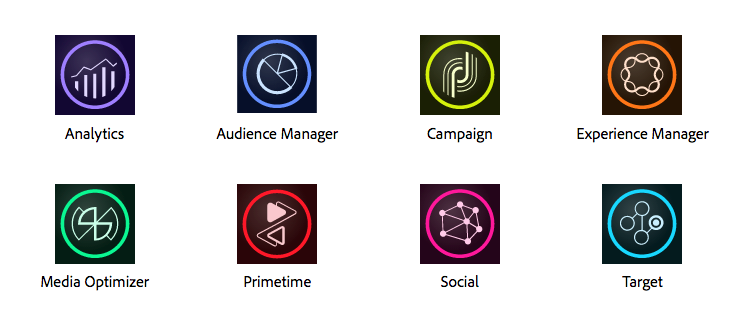

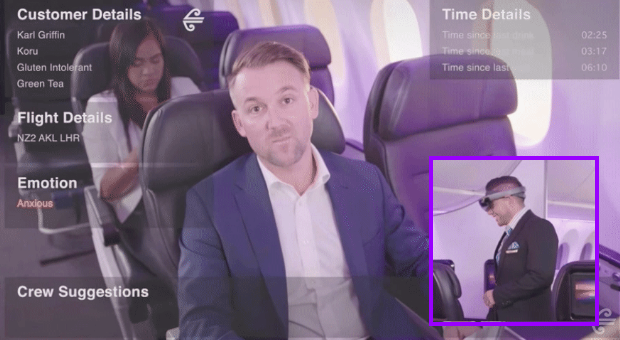

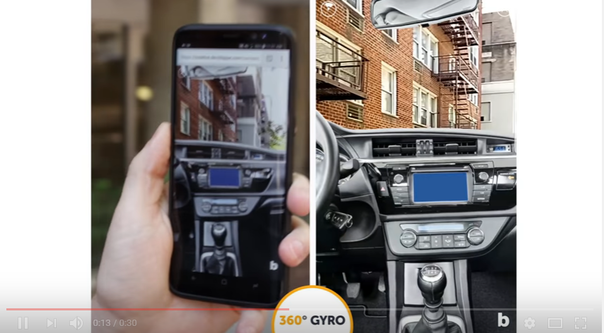
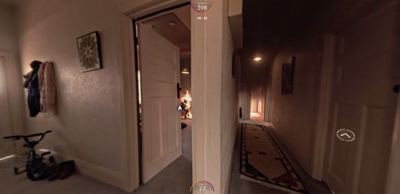
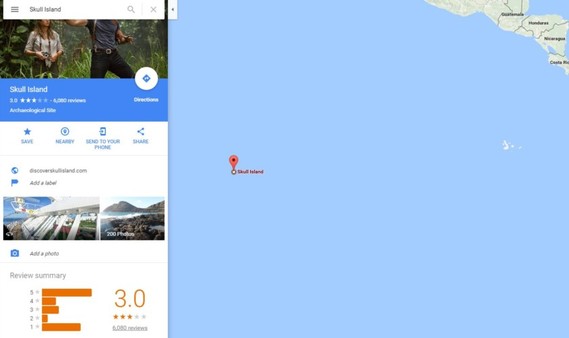
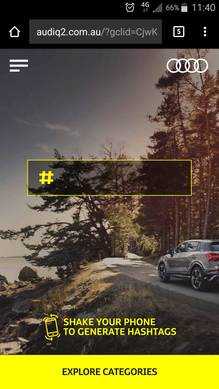
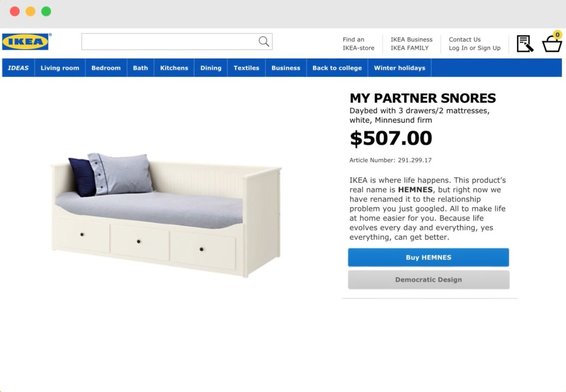
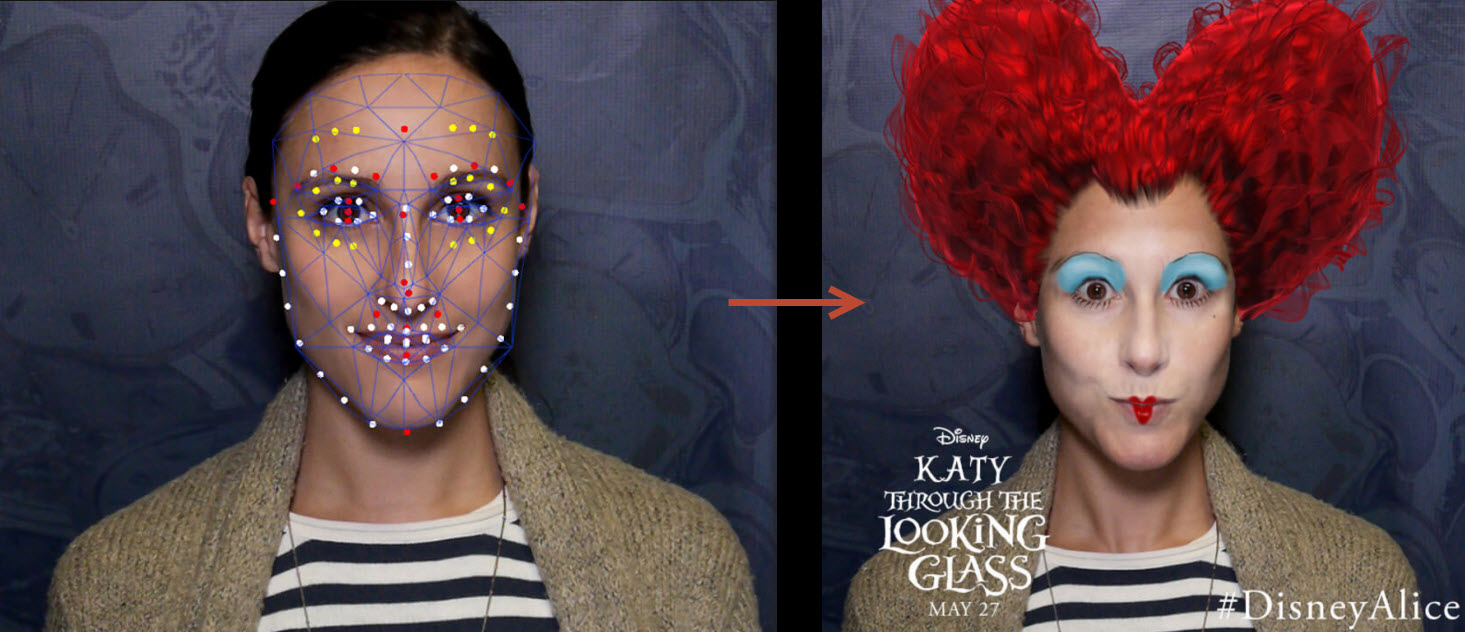


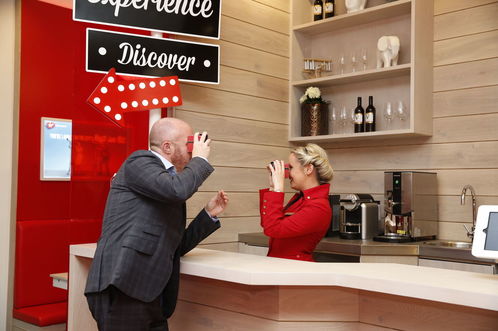
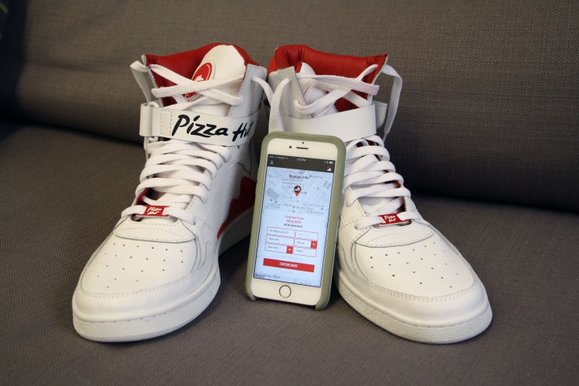
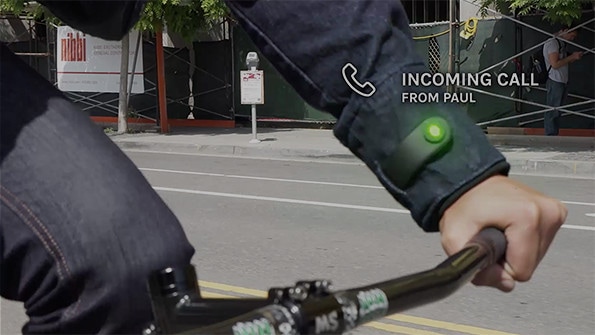
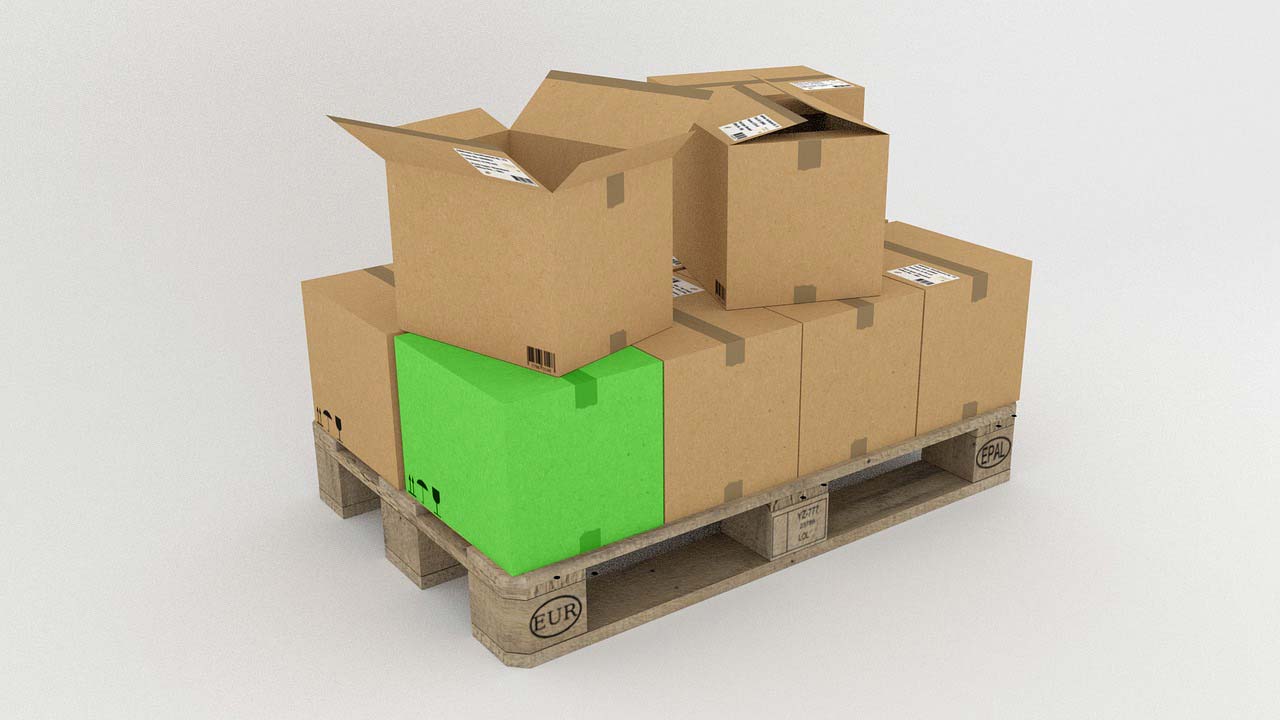

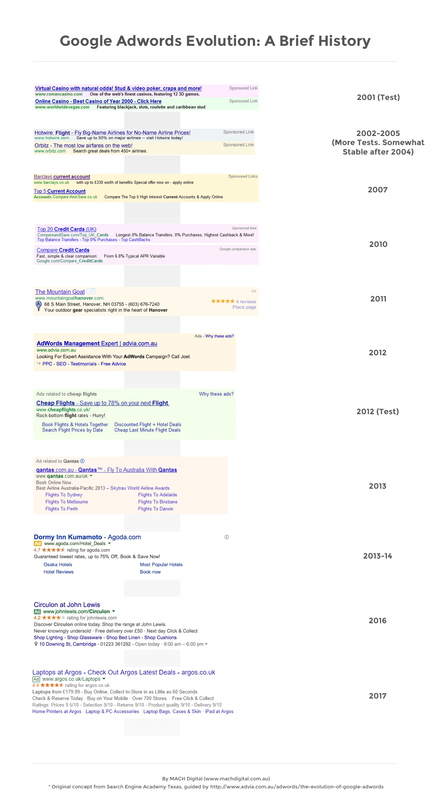
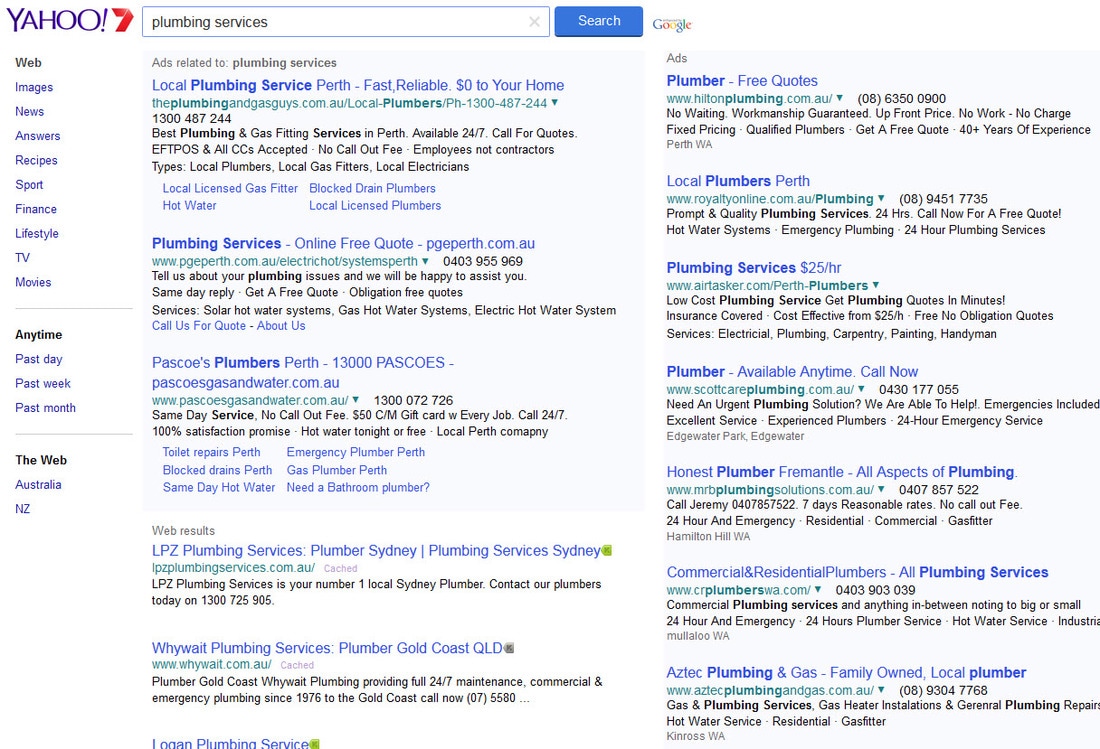
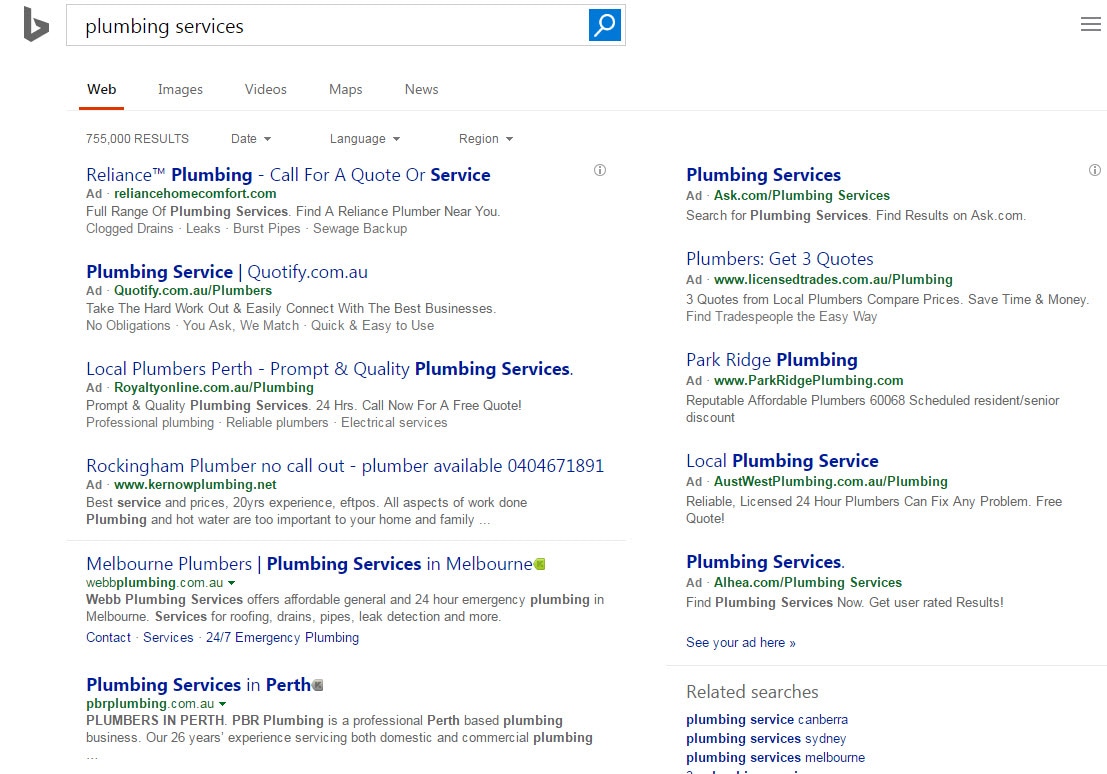
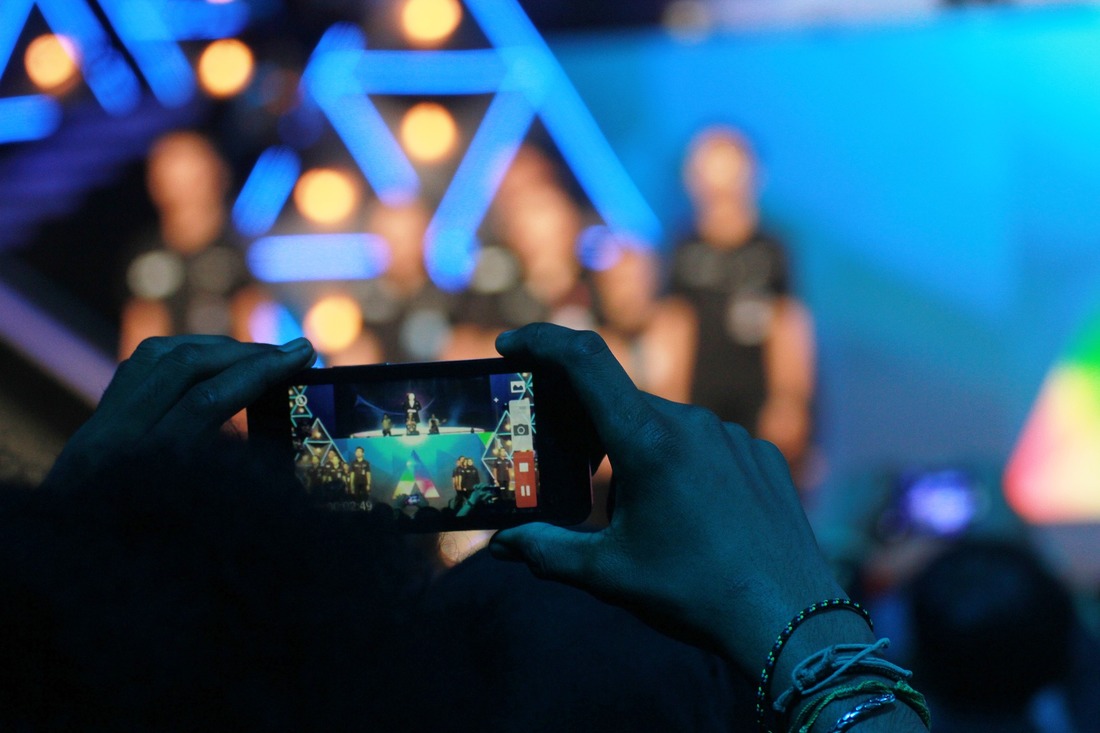
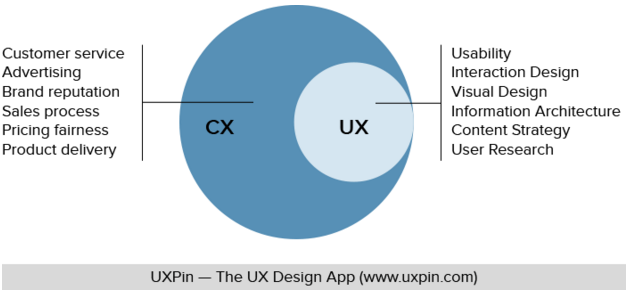
 RSS Feed
RSS Feed
